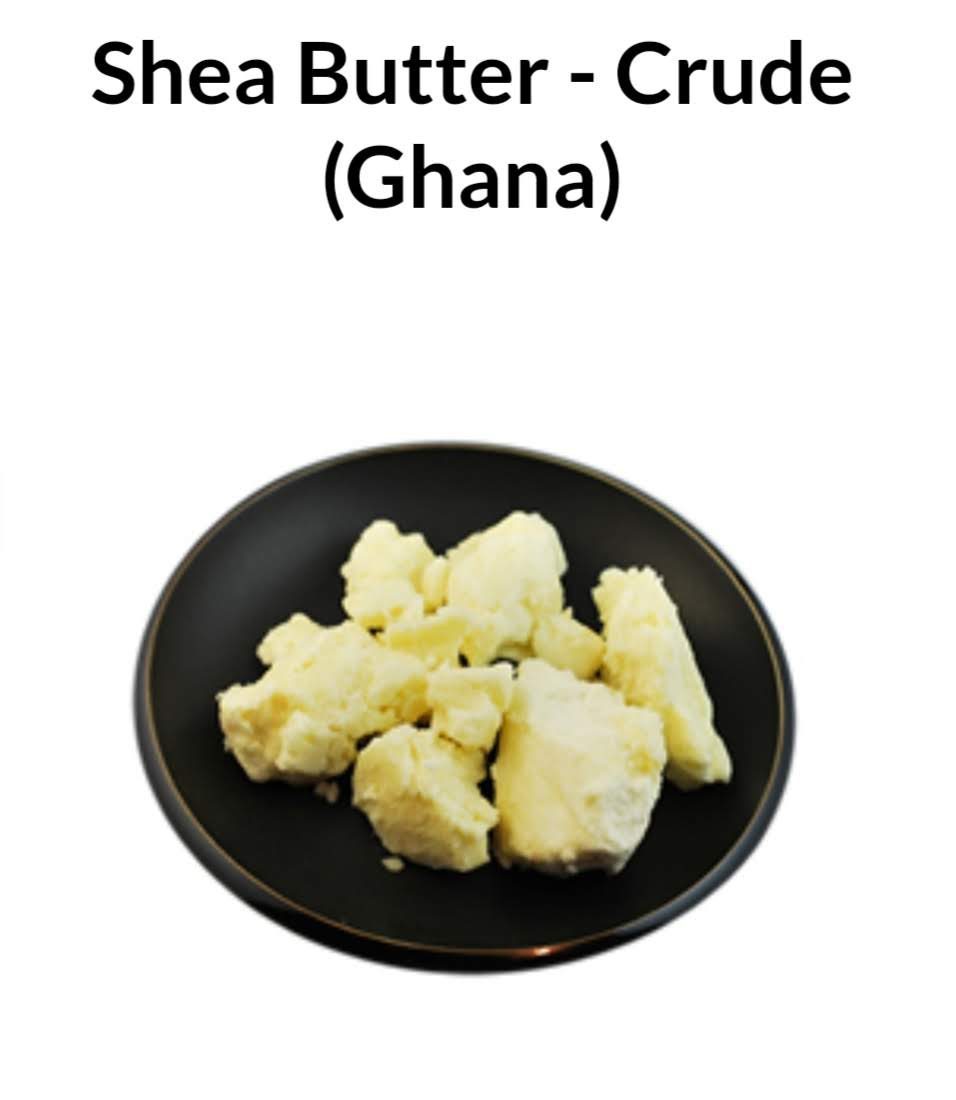Shea Butter
(Butyrospermum parkii)
Shea butter has been nicknamed the “Tree of Life”. It is derived from the kernels of the Shea Tree’s fruits. Shea trees are found growing in the Savanna belt region aka “Shea Belt” in Africa and is mainly exported by Ghana. The handcrafted production of shea butter aka “Woman’s Gold”, is done without the use of sophisticated machinery. It has become the source of income for many woman in the poorest regions of Africa.
It has a light nutty scent, and is solid at room temperature with a melting point ranging from 32 to 35 degrees celsius.
Shea Butters’ main chemical constituents are Oleic Acid 40%, Stearic Acid 40%, and Palmitic Acid, Linoleic Acid, Cinnamic Acid Esters, Allantoin and Polyphenols (Tocopherol/Vitamin E). It is rich in Vitamin A, E and F.
Benefits of Shea Butter:
Shea Butter is moisturizing, circulation-boosting with anti-inflammatory properties. It is a popular ingredient used in products to address skin issues such as dryness, wrinkles, dark spots/discoloration, stretch marks and blemishes for dry, oily and sensitive skin without clogging pores.
Ways to use Shea Butter:
An excellent moisturizer used in body butters, creams, lotions, baby butters, salves, lip balms, message, bath products, hair products and soaps. it is the most versitialle butter to have in your apothecary.
Shea Butter has been used to provide relief for individuals with acne, eczema, rashes, or psoriasis without experiencing side effects.
Shea Butter can benefit hair to moisturize and nourish from root to tip to protect against dryness and brittleness. it rapidly penetrates the scalp leaving it free from itchiness, irritation and dandruff.
Shea Butter’s anti-inflammatory properties is used to reduce the discomfort of inflamed skin from conditions such as dermatitis and rosacea and to soothe burns, reduce the appearance of surgical scars and stretch marks.R
Recommended Usage:
- Lotions & Creams: 3% – 5%
- Body Butters: 5% – 100%
- Bar Soap 5% – 20%
- Hair Conditions 1% – 10%



